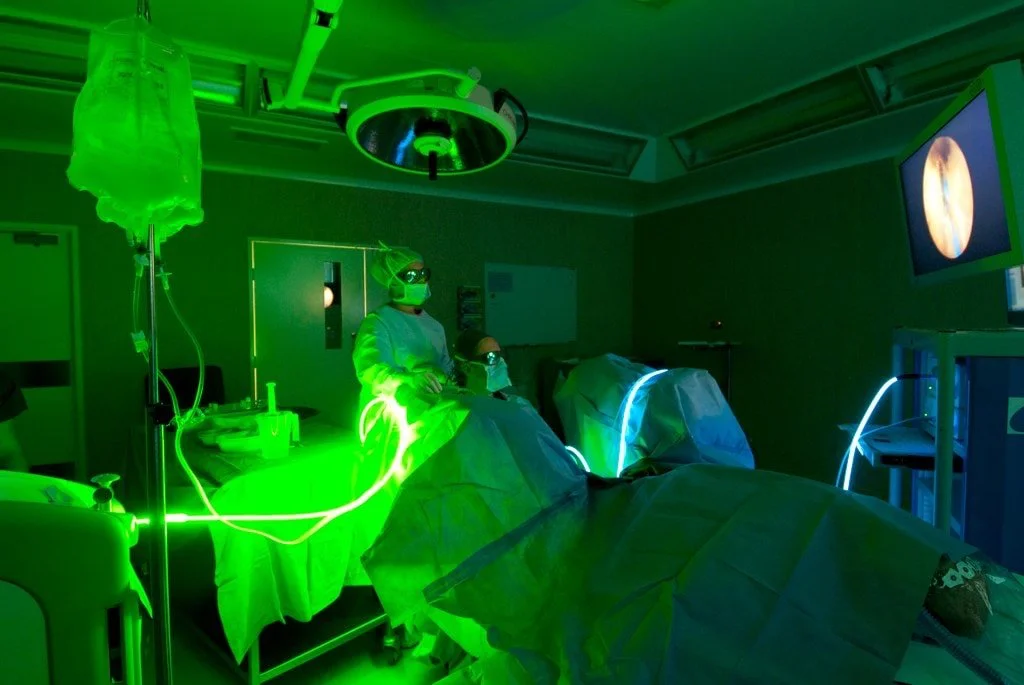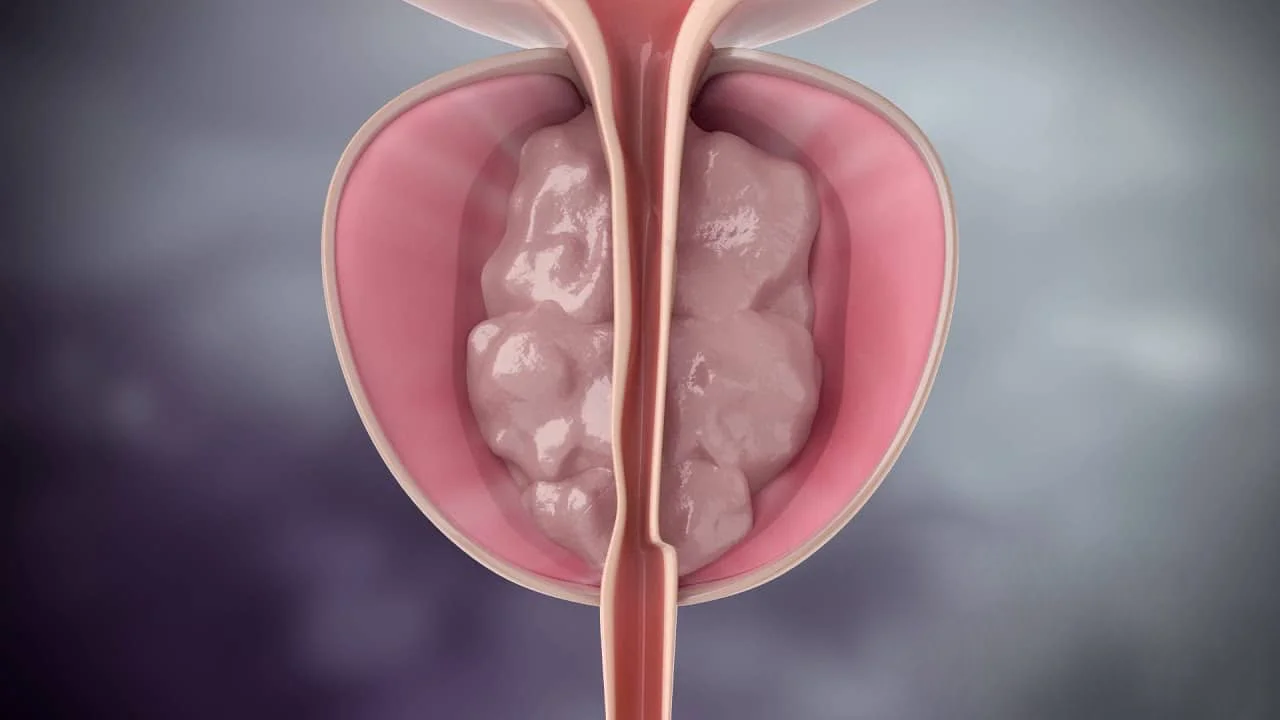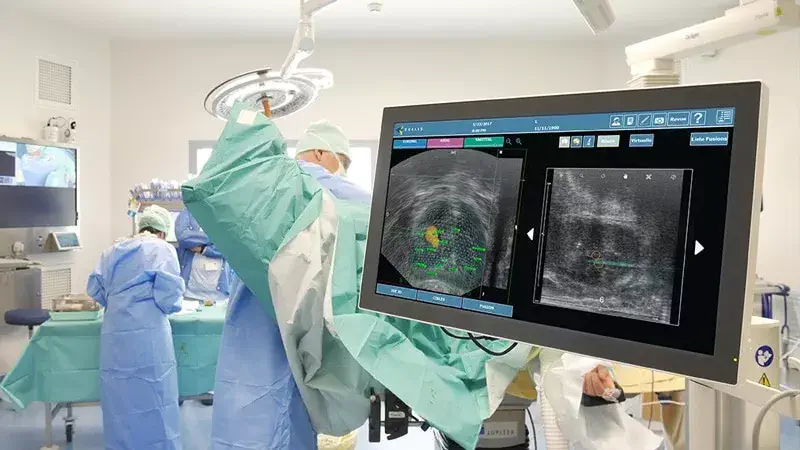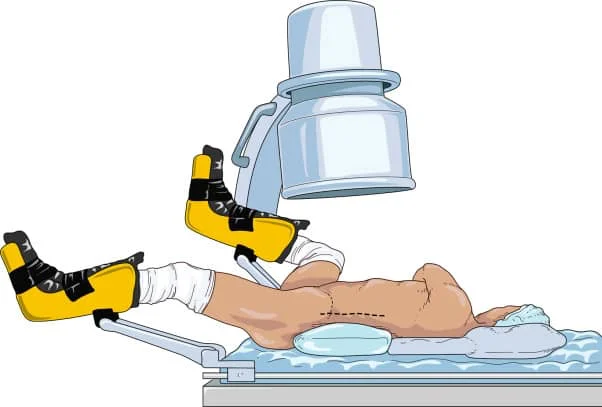
Urolift
Urolift is a minimally invasive procedure used to treat symptoms of an enlarged prostate (benign prostatic hyperplasia or BPH) without removing any prostate tissue. The procedure is performed using a specialized device called the Urolift system, which is inserted through the urethra and into the prostate.
The Urolift device is made up of tiny implants, which are placed on either side of the prostate to hold the prostate tissue open and relieve pressure on the urethra. This allows for improved urine flow and relief of symptoms such as difficulty urinating, frequent urination, and weak urine stream.
The procedure is performed under local anesthesia or spinal anesthesia and typically takes about an hour to complete. Before the procedure, the patient should inform the doctor of any medications they are taking and any allergies they have. The patient may also be asked to do a urinary catheterization before the procedure.
After the procedure, the patient may experience some discomfort or mild pain in the lower abdomen, and may have to catheterize for a few days post-surgery. The patient will be given instructions on how to care for themselves after the procedure, including when to return for follow-up.
It's important to note that Urolift is not suitable for all patients, especially those with large prostate, prostate cancer, or urinary tract obstruction. The procedure may not be as effective in patients with large prostate or prostate cancer, and it may be less effective in patients with urinary tract obstruction. Patients should discuss the benefits and risks of Urolift with a healthcare provider to determine if the procedure is appropriate for them.








